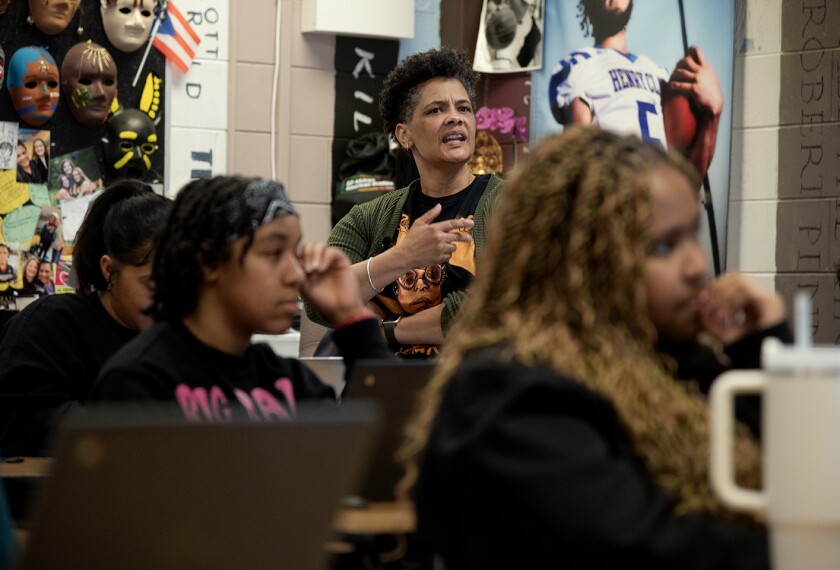The executive of Oakland County, Mich, is pushing for a rarity. L. Brooks Patterson wants all 28 school districts in his suburban county northwest of Detroit to offer Mandarin Chinese.
Pointing to China as a mighty economic engine with one-fifth of the world’s people, the county executive said students in Michigan, with its lagging automobile industry and high unemployment, need to be ready to do business with the Asian giant.
“When I can boast that all 28 school districts in Oakland County are teaching Mandarin at some level, I don’t think we can even begin to predict a return on that educational investment,” Mr. Patterson said in his State of the County address this month.
Currently, just four of the county’s districts—and those among the wealthiest in the state—offer the language.
Mandarin classes are popular in several big-city systems, but for multiple districts in the same area to teach Chinese appears unusual.
The Oakland County executive has held talks with several superintendents about the idea. He says it might play out differently in different districts—through distance learning or classes introducing Chinese language and culture, for instance.
The superintendent of the 15,800 Walled Lake district said the executive’s suggestion is well founded, although it raises challenges. Finding certified teachers for the subject is chief among them, Superintendent William A. Hamilton said.
In the 6,000-student Bloomfield Hills district, where Chinese has been taught as one of seven languages at the high school level since the 1990s, the Mandarin classes enroll more than 100 students, according to Superintendent Steven A. Gaynor. “The only question for us is whether we expand it to the lower grades,” he added.
See other stories on education issues in Michigan. See data on Michigan’s public school system.
For more stories on this topic see Curriculum and Learning.





